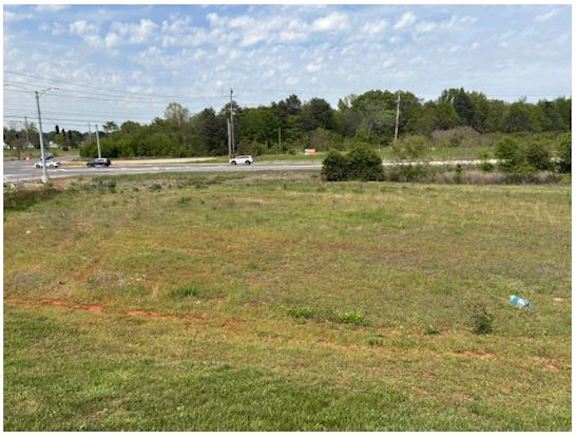Speaker will share insights into local wildlife ‘treasure’
Published 8:41 am Wednesday, April 16, 2008
More than 500,000 visitors each year are drawn to the North Alabama area to view the one-of-a-kind wildlife home of ducks, migrating birds, and even rare whooping cranes. What is most interesting to Wheeler Wildlife Refuge Ranger Kevin Hamrick is that the visitors travel thousands of miles from their homes in Germany and Australia, yet many local residents have not uncovered this unique treasure in their own backyard.
“It’s all here,” Hamrick said. “We support Alabama’s only significant concentration of wintering Southern James Bay Canada geese while serving as the winter habitat for the state’s largest duck population. In addition to migratory birds, the refuge hosts 115 species of fish, 74 species of reptiles and amphibians, 47 species of mammals, and 285 different species of songbirds. The refuge is also home to 10 federally listed endangered or threatened species.”
Hamrick is one of nine speakers at the 17th Annual Dogwood Festival April 18 and 19 in downtown Athens. The event is an annual fundraiser by the Athens-Limestone Beautification Board. Hamrick will speak at 3 p.m. Saturday.
Dogwood Festival organizers recommend pre-registration for the presentations to secure a seat in case of overflow attendance. To register or obtain a complete listing of speakers and event schedules, call the Keep-Athens Limestone Beautiful office at (256) 233-8728 or visit its Web site at www.keepathensllimestonebeautiful.com
The event also will feature bands and entertainment, food and plant vendors, exhibits and classes from Lowe’s and children’s events such as the Do–Da Parade and a bike safety course.
The more than 35,000-acre Wheeler Wildlife Refuge holds many advantages to local residents who want an unusual yet easily accessible wildlife experience. An Urban Visitors Center and Observation building just off Alabama 67 in Decatur opens the window to view literally thousands of ducks, geese and migrating birds that are there to feed and rest.
“You can sit in the viewing building for a period of time and see an enormous amount of wildlife at home in this beautiful wetland habitat,” Hamrick said. “Right now we are wintering several thousand sandhill cranes who are fascinating to watch as they dance and create quite a noise.”
Hamrick adds that finding wetlands so close to an urban center is very unique to the refuge system, and makes the Wheeler Wildlife area an optimal learning experience for schoolchildren who visit practically every day. “With four easy to navigate trails leading into unusual forests, wetlands, and animal habitats, children are seeing and understanding the value of birds and habitats which are increasingly diminishing across the country.”





